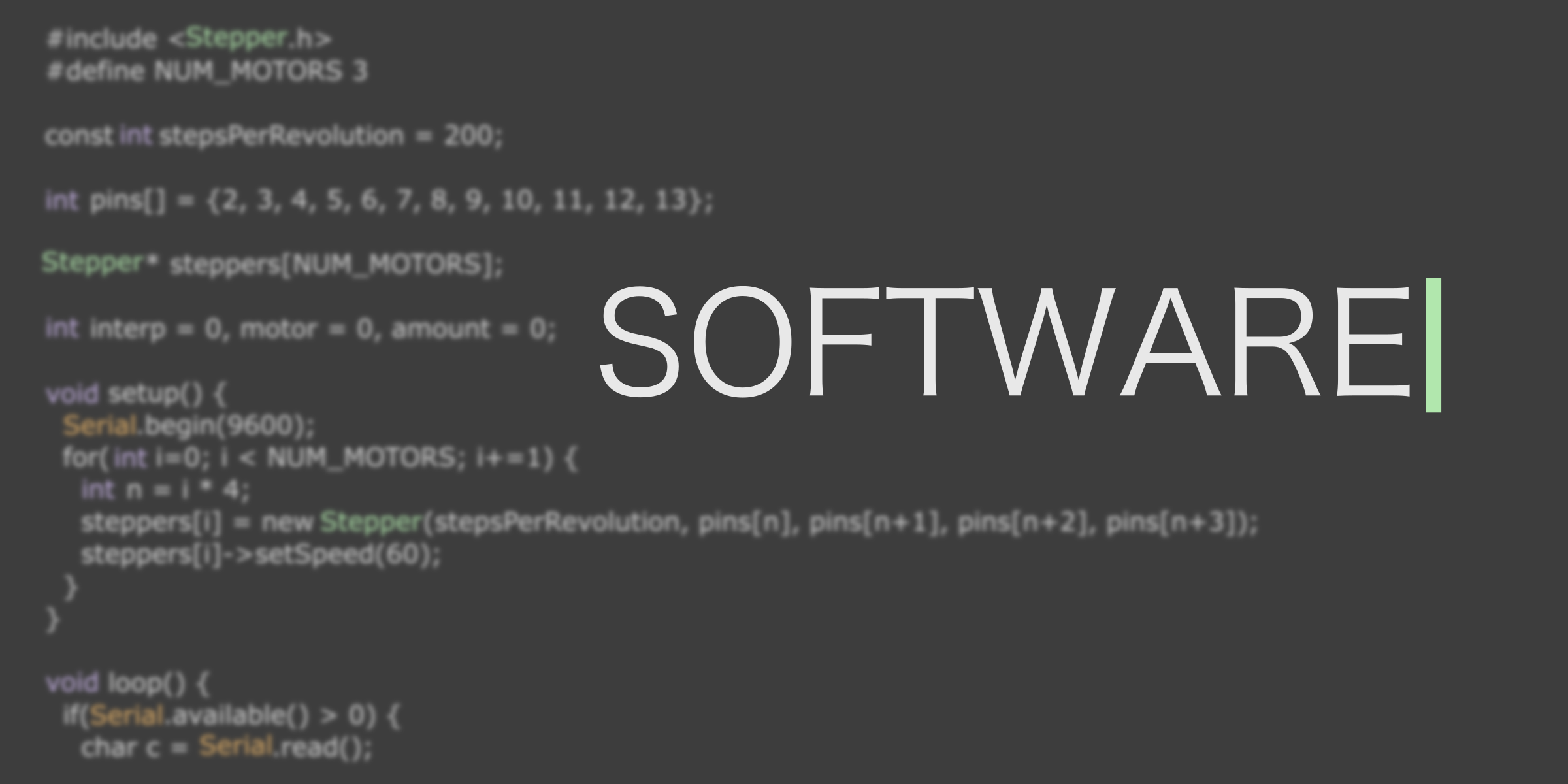Difference between revisions of "Team:Cambridge-JIC/Software"
| Line 17: | Line 17: | ||
| − | <section style="background-color: # | + | <section style="background-color: #444"> |
<div class="slide"> | <div class="slide"> | ||
| − | <div style="width: 80%; margin: 30px 50px;color:# | + | <div style="width: 80%; margin: 30px 50px;color:#fff;min-height:0px"> |
<h1>Webshell</h1> | <h1>Webshell</h1> | ||
<h3>Microscopy in a nutshell.</h3><p>Everything you expect from a standard microscope. And more. WebShell shows the live stream from the microscope, while allowing control over the light sources and motorised axes. Apply sample recognition algorithms with opencv. Measure your cells by dragging a line across. Set up timelapses. Control it all from the keyboard like a video game. #gamifyingmicroscopy</p></div></div></section> | <h3>Microscopy in a nutshell.</h3><p>Everything you expect from a standard microscope. And more. WebShell shows the live stream from the microscope, while allowing control over the light sources and motorised axes. Apply sample recognition algorithms with opencv. Measure your cells by dragging a line across. Set up timelapses. Control it all from the keyboard like a video game. #gamifyingmicroscopy</p></div></div></section> | ||
| Line 30: | Line 30: | ||
</div></div></section> | </div></div></section> | ||
| − | <section style="background-color: # | + | <section style="background-color: #444"> |
<div class="slide"> | <div class="slide"> | ||
| − | <div style="width: 80%; margin: 30px 50px;color:# | + | <div style="width: 80%; margin: 30px 50px;color:#fff;min-height:0px"> |
<h1>Autofocus</h1> | <h1>Autofocus</h1> | ||
<h3>Crisp, sharp images every time.</h3><p>Focusing on samples is typically very fiddly. OpenScope supports autofocus. Find out more about the algorithms we used and see how they compare.</p> | <h3>Crisp, sharp images every time.</h3><p>Focusing on samples is typically very fiddly. OpenScope supports autofocus. Find out more about the algorithms we used and see how they compare.</p> | ||
Revision as of 14:04, 16 September 2015










